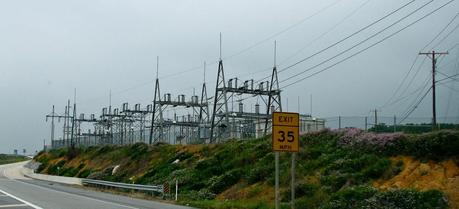 In the EU there are more energy service companies with more projects in 2013 than in 2010. (Credit: Flickr @ versageek https://www.flickr.com/photos/versageek/)
In the EU there are more energy service companies with more projects in 2013 than in 2010. (Credit: Flickr @ versageek https://www.flickr.com/photos/versageek/)According to the Joint Research Center (JRC), the EU in-house scientific service, both the general energy efficiency market and the energy service markets in the EU have not reached their potential yet.
Denmark, France, Ireland and Spain have shown strong growth in the past few years, while Hungary appears to be the sole EU country affected by a clear decline of the Energy Service Companies (ESCOs) market. On average, the European ESCO markets—where companies include a guarantee of energy (cost) saving in their offers—have undoubtedly been developing in volume and complexity when compared to 2010, driven by regulatory frameworks, financial incentives and increasing awareness.
SEE ALSO: JRC Measures Smart Meter Deployment Across EU
These are among the findings of a new JRC report, which provides a snapshot of the key developments of EU energy markets since 2010. The report presents information about the features and structures of individual markets, country-specific barriers, policy background, financing opportunities and future expectations. It also summarizes the findings at a European level, lists common barriers and success factors, and compares and contrasts national markets. While primarily concentrating on the EU-28, it also provides information about 15 neighboring countries.
According to the report, there are more energy service companies with more projects in 2013 than there were in 2010, and they have forayed into areas where they were rare before. Nevertheless, the markets are far from reaching their potential. There are only a few mature markets, such as Germany, the Czech Republic, France, and Austria. Even these can expect to go through significant growth in the future. The survey carried out during 2012-2013 revealed that the energy service company sector has kicked-off in several typical non-ESCO countries, such as Denmark and Spain. Decrease or deterioration of the sector was rare during the observed period.
The markets are driven as much by market forces (such as increasing energy costs, growing interest from potential clients, development of partnership between players on the demand and supply side, as well as between the companies and subcontractors), as by dedicated policy measures, regulations and financial solutions. Interestingly the list of drivers is similar in many countries, but the leveraging success factor—and the leading barrier—is diverse.
Both the general energy efficiency market and the energy service markets are expected to grow further in the future. There are several countries where experts foresee a near-future boom.

